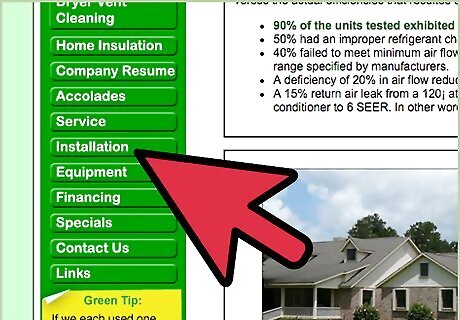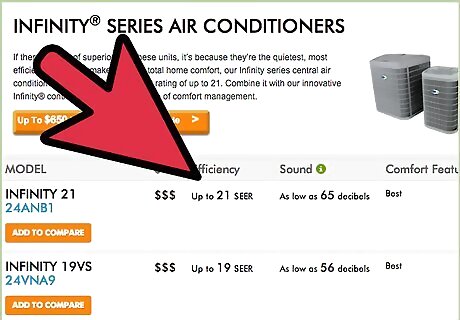
views

Learn about costs and requirements. Research the capacity of the unit you’ll need to efficiently cool your home based on its size, insulation, and number of windows. Have a load calculation performed by a certified HVAC contractor to determine the right size central air conditioner for your home’s square footage, insulation, and other factors.

Find out the costs involved for installation and labor. All companies charge for installing central air conditioning units, as well as labor fees. The larger the unit, the higher the initial cost. Explore available upgrades and extras, such as humidifiers, dehumidifiers (depending on your climate), and ionizers. Select options based on your budget and specific needs.

Learn about maintenance and upkeep fees. Don't forget to include cleanings, refrigerant refills, and repairs. These services often include fees for parts and/or labor.

Research the benefits. Discover the advantages of installing a central air conditioner at home: Save money on utility bills with the energy efficiency that central air conditioning provides. Gain tax cuts by purchasing energy-efficient models. Cool entire areas, unlike single-room window units. Enjoy unobstructed windows and low noise levels. Benefit from climate control with temperature settings. Use automated thermostats for convenience during sleep hours or when away from home.

Learn about the variety of options and types available. Choose between a split-system unit or a packaged central air conditioning unit. A split-system unit places the condenser and compressor in an outdoor housing, while the evaporator is installed inside, often in the attic. A packaged unit combines the condenser, compressor, and evaporator in a single unit, typically located on a concrete slab near the home or on the roof.

Research other options available: Heat pump. Ionizer. Humidifier and dehumidifier. Dust control.




















Comments
0 comment